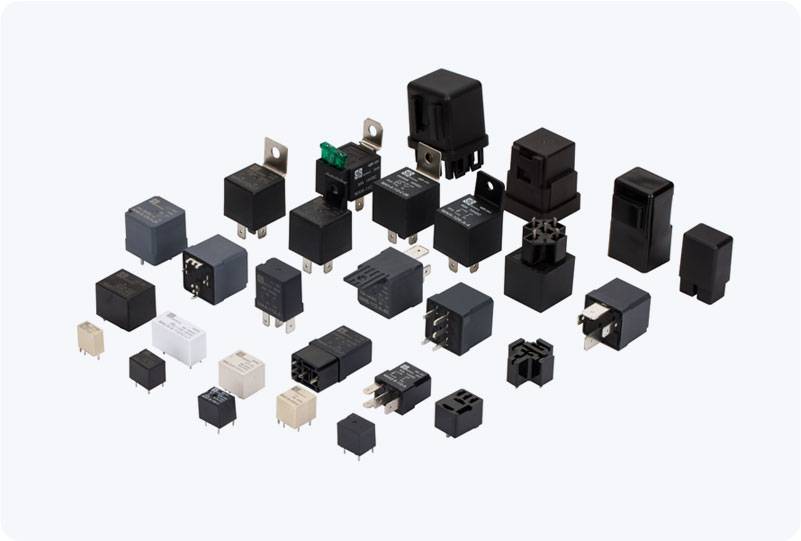understanding the role and importance of safety isolated relay in modern electrical systems
Release time:2025-10-28 02:03:50
In today’s increasingly complex electrical systems, ensuring the safety and reliability of both control circuits and power circuits is crucial. One key component that plays a vital role in achieving this is the Safety Isolated Relay. This device provides essential protection against electrical faults, such as overvoltage, current surges, or unintended connections between high and low-voltage circuits. By isolating control systems from high-power circuits, it ensures safe operation and minimizes risks to personnel and equipment.

What is a Safety Isolated Relay?
A Safety Isolated Relay is a type of electrical relay designed to isolate the control side of a system from the power side. It typically functions by providing electrical isolation between the input and output circuits, ensuring that a malfunction or fault in the power circuit does not affect the sensitive control system. These relays are particularly important in industries where electrical safety is a critical concern, such as automation, industrial controls, and hazardous environments.
The relay achieves isolation through various methods, including optical isolation, transformer-based isolation, or using physical barriers in the relay construction. The isolation prevents electrical interference, surge currents, and high-voltage spikes from reaching the control system, thereby protecting sensitive components like PLCs, sensors, and other low-voltage systems.

